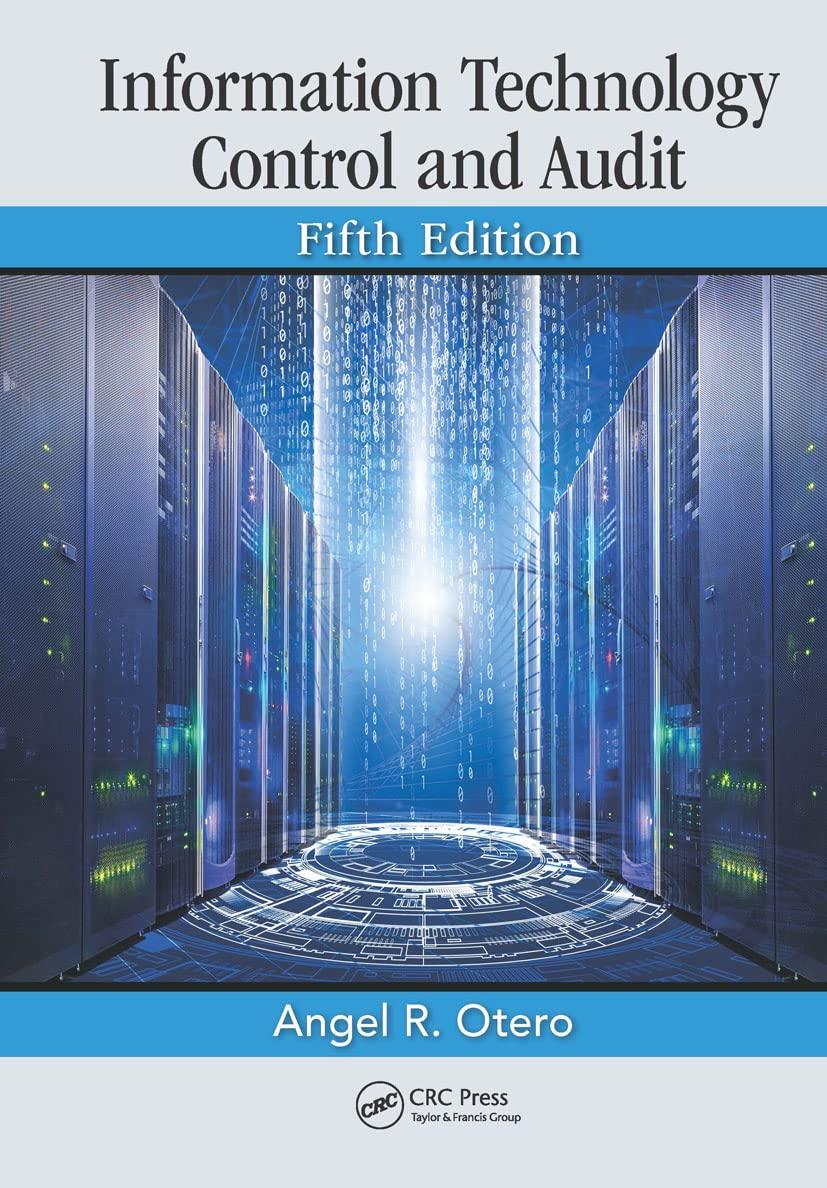Answered step by step
Verified Expert Solution
Question
1 Approved Answer
Please answer every part Table 1: MET Co. policy for reducing emission Table 2: Reduction in pollutant rate from the maximum feasible use of abatement

Please answer every part
Table 1: MET Co. policy for reducing emission Table 2: Reduction in pollutant rate from the maximum feasible use of abatement methods (in millions of pounds per year) Table 3: Total estimated annual cost (\$ millions) from the maximum feasible use of abatement methods The board of directors wants to know which types of abatement methods and at what fractions of their capacities the company should use for the Induction Furnaces and the CupolaI Furnaces. Your OR team needs to answer the following questions. (a) Formulate this problem as a linear program (i.e, write the decision variables and give the meaning of each decision variable; write the objective function; write all the constraints and state the meaning of each constraint). (3 points) (b) Solve the LP using Excel. Obtain both answer and sensitivity reports from Excel. Explain the meaning of the optimal solutions and optimal value. (2.5 points) (c) Identify the sensitive parameters and make a resulting recommendation. In particular, which parameters of the model (i.e., cost, required reduction in emission rate) should be estimated more closely, if possible. (2.5 points) (d) If the true value of the each cost parameter is 10 percent less than the estimated value in table 3 , will the optimal solution change? What if the true value is 10 percent more than the estimated cost? Make a recommendation about which cost parameters must be estimated more closely. (3 points) (e) For each unit increase in the policy of HAPs in Table 1, determine the change in the opposite direction for VOC that would keep the total cost of an optimal solution unchanged. Repeat this for dust instead of VOC. Then do it for a simultaneous and equal change for both VOC and dust in the opposite direction from HAPs. (3 points) Table 1: MET Co. policy for reducing emission Table 2: Reduction in pollutant rate from the maximum feasible use of abatement methods (in millions of pounds per year) Table 3: Total estimated annual cost (\$ millions) from the maximum feasible use of abatement methods The board of directors wants to know which types of abatement methods and at what fractions of their capacities the company should use for the Induction Furnaces and the CupolaI Furnaces. Your OR team needs to answer the following questions. (a) Formulate this problem as a linear program (i.e, write the decision variables and give the meaning of each decision variable; write the objective function; write all the constraints and state the meaning of each constraint). (3 points) (b) Solve the LP using Excel. Obtain both answer and sensitivity reports from Excel. Explain the meaning of the optimal solutions and optimal value. (2.5 points) (c) Identify the sensitive parameters and make a resulting recommendation. In particular, which parameters of the model (i.e., cost, required reduction in emission rate) should be estimated more closely, if possible. (2.5 points) (d) If the true value of the each cost parameter is 10 percent less than the estimated value in table 3 , will the optimal solution change? What if the true value is 10 percent more than the estimated cost? Make a recommendation about which cost parameters must be estimated more closely. (3 points) (e) For each unit increase in the policy of HAPs in Table 1, determine the change in the opposite direction for VOC that would keep the total cost of an optimal solution unchanged. Repeat this for dust instead of VOC. Then do it for a simultaneous and equal change for both VOC and dust in the opposite direction from HAPs. (3 points)Step by Step Solution
There are 3 Steps involved in it
Step: 1

Get Instant Access to Expert-Tailored Solutions
See step-by-step solutions with expert insights and AI powered tools for academic success
Step: 2

Step: 3

Ace Your Homework with AI
Get the answers you need in no time with our AI-driven, step-by-step assistance
Get Started


